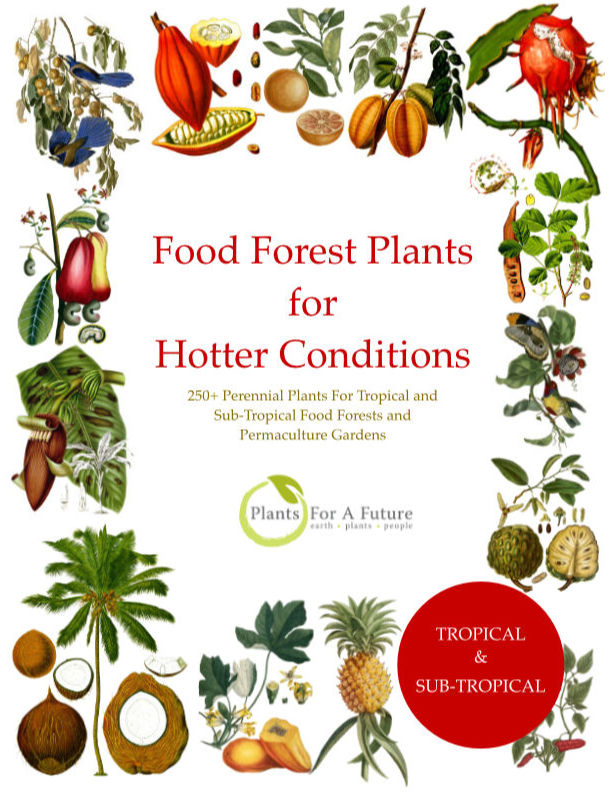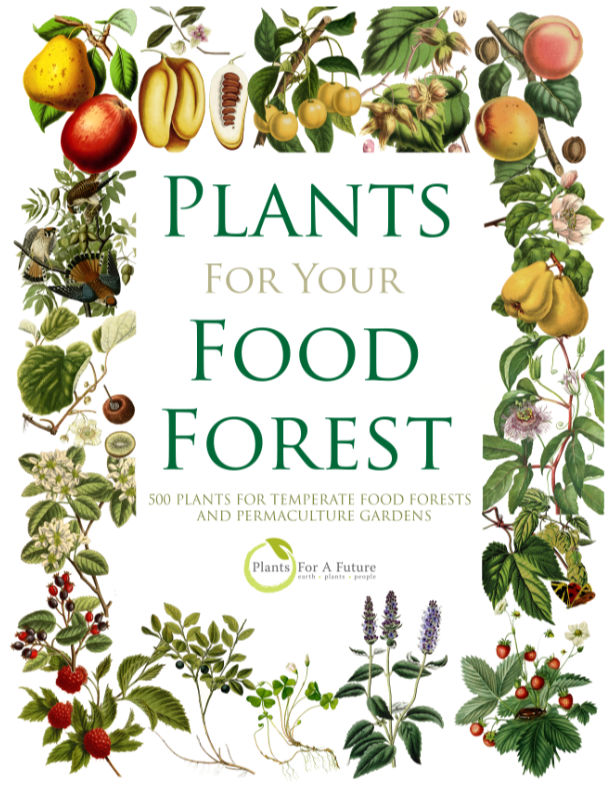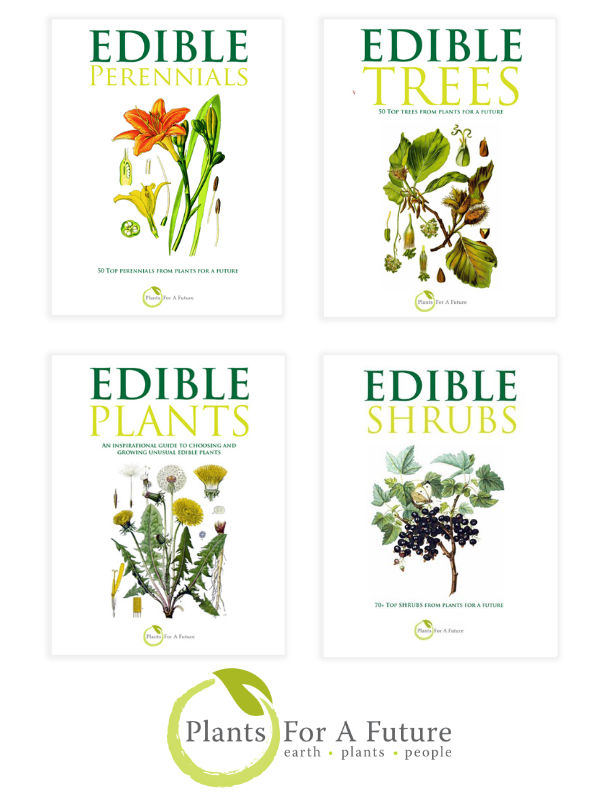Translate this page:
Summary
Physical Characteristics

 Agrostis capillaris is an evergreen Perennial growing to 0.4 m (1ft 4in) by 0.1 m (0ft 4in) at a fast rate.
Agrostis capillaris is an evergreen Perennial growing to 0.4 m (1ft 4in) by 0.1 m (0ft 4in) at a fast rate.
See above for USDA hardiness. It is hardy to UK zone 4. The flowers are pollinated by Wind.
It is noted for attracting wildlife.
Suitable for: light (sandy) and medium (loamy) soils and can grow in nutritionally poor soil. Suitable pH: mildly acid, neutral and basic (mildly alkaline) soils and can grow in very acid and saline soils.
It can grow in semi-shade (light woodland) or no shade. It prefers moist or wet soil. It can tolerate atmospheric pollution.
UK Hardiness Map
US Hardiness Map
Synonyms
A. alba var. vulgaris (With.) Coss. & Durieu. A. capillaris subsp. castellana (Boiss. & Reut.) O.Bol?s, Masalles & Vigo. A. capillaris subsp. olivetorum (Godr.) O.Bol?s, Masalles & Vigo. A. capillaris subsp. oreophila (O.Schwarz) Soj?k. A. capillaris subsp. repens (Laest.) Soj?k. A. capillaris var. alpigena (Schur) Druce. A. capillaris var. aristata (Parnell) Druce. A. capillaris var. aristulata Hitchc. A. capillaris var. capillaris. A. capillaris var. humilis (Asch. & Graebn.) Druce. A. capillaris var. nigra (With.) Druce. A. capillaris var. olivetorum (Godr. & Gren.) Kergu?len. A. capillaris var. pumila (L.) Druce. A. capillaris var. stolonifera (L.) Druce. A. sylvatica Huds. A. tarda Bartl. A. tenuis Sibth. A. vulgaris With.
Plant Habitats
Edible Uses
References More on Edible Uses
Medicinal Uses
Plants For A Future can not take any responsibility for any adverse effects from the use of plants. Always seek advice from a professional before using a plant medicinally.
None Known
References More on Medicinal Uses
The Bookshop: Edible Plant Books
Our Latest books on Perennial Plants For Food Forests and Permaculture Gardens in paperback or digital formats.

Edible Tropical Plants
Food Forest Plants for Hotter Conditions: 250+ Plants For Tropical Food Forests & Permaculture Gardens.
More

Edible Temperate Plants
Plants for Your Food Forest: 500 Plants for Temperate Food Forests & Permaculture Gardens.
More

More Books
PFAF have eight books available in paperback and digital formats. Browse the shop for more information.
Shop Now
Other Uses
Fodder
Forest garden path mix [1-9]. Environmental Uses: Amenity, Erosion control or dune stabilization, Landscape improvement, Revegetation, Soil conservation. Ornamental: garden plant, Seed trade [1-8]. Agronomically valuable fodder and pasture grass for livestock production, occasionally cut for hay. Used in garden lawn mixtures and in particular for tennis courts and golf course fairways. Widely grown in mild (cool-humid) summers, including some parts of Australia, northern Europe, the USA and New Zealand. Compared to A. stolonifera, A. capillaris has a more upright growth habit and does not spread aggressively. Used outside its native range for erosion control and in rehabilitation work. A food source for herbivores, including rabbits [1-8].
Special Uses
Dynamic accumulator
References More on Other Uses
Cultivation details
A rhizomatous and stoloniferous attractive, relatively short perennial grass. Ranging from 10 to 70 cm high. Soil drainage: free or impeded. Soil reaction: acid, alkaline, neutral. Dominant on poor and acidic soils. Soil texture: light or medium [1-8]. Found on a wide range of soils both damp and dry and from neutral to acidic. A hardy grass forming short grazed turf on poor soils on hills and mountains. Common and widespread in both lowland and upland pasture, meadows, heaths, open woodlands, road verges and banks. Upper elevation limit = 945m. Lower elevation limit = 0m.
References Carbon Farming Information and Carbon Sequestration Information
Temperature Converter
Type a value in the Celsius field to convert the value to Fahrenheit:
Fahrenheit:
The PFAF Bookshop
Plants For A Future have a number of books available in paperback and digital form. Book titles include Edible Plants, Edible Perennials, Edible Trees,Edible Shrubs, Woodland Gardening, and Temperate Food Forest Plants. Our new book is Food Forest Plants For Hotter Conditions (Tropical and Sub-Tropical).
Shop Now
Plant Propagation
Seed
Other Names
If available other names are mentioned here
Astoria bent; black couch; brown bentgrass; browntop; browntop bentgrass; burden's grass; colonial bent; colonial bentgrass; common bentgrass; common bentgrass; dew grass; English bent; furzetop; New Zealand bentgrass; Prince Edward Island bent grass; Rhode Island bent; Rhode Island bent grass; Waipu bent. Spanish: agr?stide com?n; agr?stide tenue; ch?pica alemana; heno ahumado; hierba fina; pasto quila. French: agrostide commune; agrostide fine; agrostide t?nue; agrostide vulgaire; agrostis capillaire; agrostis commun; agrostis delicat. Russian: polevitsa tonkaya. Chinese: xi ruo jian gu ying. Portuguese: agrostide-tenue. Local Common Names:Czech Republic: psinecek obecn_; psinecek tenk_. Germany: gemeines Straussgras; rotes Straussgras; Rotstraussgras. Italy: capellini delle praterie; capellini esile; capellini volgare. Netherlands: gewoon struisgras. Poland: mietlica pospolita. Slovakia: psincek tenuck_. Sweden: roedven. Turkey: kus otu [1-8].
Native Range
TEMPERATE ASIA: Afghanistan (east), Iran (north), Turkey, Russian Federation-Ciscaucasia (Ciscaucasia), Armenia, Azerbaijan, Georgia, Russian Federation (Dagestan), Russian Federation-Western Siberia (Western Siberia), Russian Federation-Eastern Siberia (Eastern Siberia (west)), Russian Federation (Buryatia, Gorno-Altay, Altay, Krasnoyarsk (south), Irkutsk (south), Kemerovskaja oblast, Novosibirsk, Omsk, Tomsk, Tyumen), Kazakhstan (east), China (Henan Sheng, Shanxi Sheng, Nei Mongol Zizhiqu, Ningxia Huizi Zizhiqu, Xinjiang Uygur Zizhiqu) EUROPE: Denmark, Finland, United Kingdom, Ireland, Norway, Sweden, Austria, Belgium, Switzerland, Czech Republic, Germany, Hungary, Netherlands, Poland, Slovakia, Russian Federation (European part), Belarus, Estonia, Lithuania, Latvia, Moldova, Russian Federation (Astrakhan, Saratov, Volgogradskaja oblast), Ukraine (incl. Krym), Albania, Bulgaria, Greece, Croatia, Italy, Romania, Serbia, Slovenia, Spain, France (incl. Corsica), Portugal AFRICA: Spain (Canarias (La Palma)), Tunisia
Weed Potential
Right plant wrong place. We are currently updating this section.
Please note that a plant may be invasive in one area but may not in your area so it's worth checking.
A. capillaris has been intentionally introduced as a pasture grass and as a turf grass for lawns, in particular for golf courses, into a number of countries and has become widespread in North America, Australia, New Zealand and parts of South America. It has been recorded as invading native grasslands in part of its exotic range, including prairies in North America [1-8].
Conservation Status
IUCN Red List of Threatened Plants Status : Least Concern ver 3.1

Growth: S = slow M = medium F = fast. Soil: L = light (sandy) M = medium H = heavy (clay). pH: A = acid N = neutral B = basic (alkaline). Shade: F = full shade S = semi-shade N = no shade. Moisture: D = dry M = Moist We = wet Wa = water.
Now available:
Food Forest Plants for Mediterranean Conditions
350+ Perennial Plants For Mediterranean and Drier Food Forests and Permaculture Gardens.
[Paperback and eBook]
This is the third in Plants For A Future's series of plant guides for food forests tailored to
specific climate zones. Following volumes on temperate and tropical ecosystems, this book focuses
on species suited to Mediterranean conditions—regions with hot, dry summers and cool, wet winters,
often facing the added challenge of climate change.
Read More
Expert comment
Author
L
Botanical References
Links / References
For a list of references used on this page please go here
Readers comment
| Add a comment |
|
If you have important information about this plant that may help other users please add a comment or link below. Only comments or links that are felt to be directly relevant to a plant will be included. If you think a comment/link or information contained on this page is inaccurate or misleading we would welcome your feedback at [email protected]. If you have questions about a plant please use the Forum on this website as we do not have the resources to answer questions ourselves.
* Please note: the comments by website users are not necessarily those held by PFAF and may give misleading or inaccurate information.
To leave a comment please Register or login here All comments need to be approved so will not appear immediately.
|
Subject : Agrostis capillaris
|
|
|
|